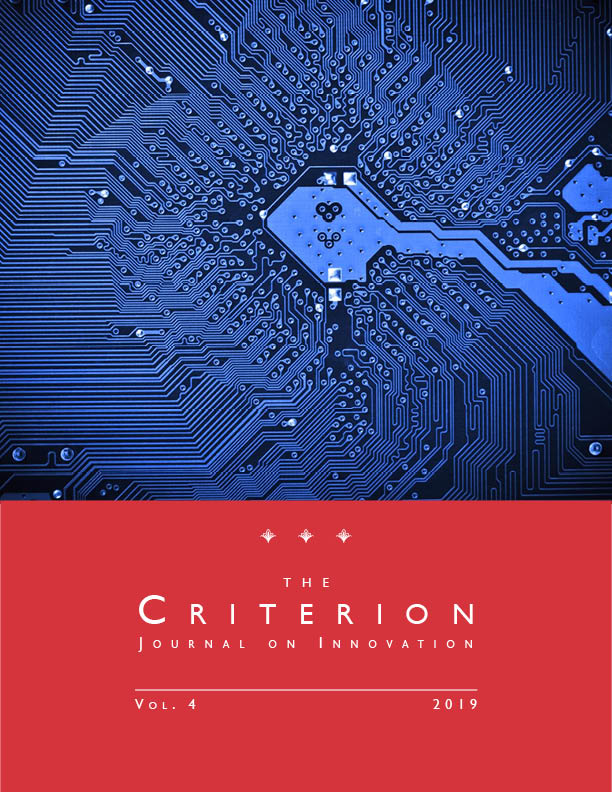Potential Competition and Nascent Competitors
Purchase a reprint version of the Article (Amazon) | Read the Article (PDF) | Download the Article (PDF) Download the Article (PDF)The agencies should and must continue to vigorously enforce the antitrust laws. As a society, we want technology companies, both large and small, to behave properly and innovate within the bounds of conduct that is based on the merits rather than based on the ability to control the market, keep competitors out, and lower consumer welfare. In other words, we want to make sure that companies are succeeding based on merit rather than anticompetitive conduct. The agencies play a large role in this objective. To that end, I believe an increase in funding to the FTC and DOJ’s respective antitrust divisions should be seriously considered. In particular, I believe the agencies would benefit from hiring more economists from all fields and expertise including machine learning, econometrics, labor, and finance. Increasingly, data is becoming a part of every case and the agencies will likely save more by having in-house expertise rather than contracting with outside consultants— although economic consultants do excellent work for both the government and the parties. Of course, agency growth should be done in a deliberate and thoughtful manner as expansion beyond a certain point will result in bureaucratic diseconomies of scale. Thus, I would be weary of proposals to add a “technology” group or other non-core antitrust specialists—as this will inevitably lead to significantly larger bureaucracies and associated inefficiencies without, perhaps, large offsetting benefits.
Another potential route is for the FTC to exercise its 6(b) authority, which allows the agency to require an entity to file “annual or special . . . reports or answers in writing to specific questions” regarding the entity’s “organization, business, conduct, practices, management, and relation to other corporations, partnerships, and individuals.” This would allow the agency to get somewhat “behind the scenes” and determine how the assets of acquired firms are being used and the level of investment, or lack of investment, involved. At the very least, a 6(b) study would give policymakers greater insight and data for which to inform policy decisions and could fuel further research into merger retrospectives.
Finally, I would advocate for greater transparency to the public and policymakers for all major agency decisions—beyond when complaints are issued. Rather, I would like to see detailed statements regarding the particular agency’s rationale(s) when cases both close and have a consent agreement. For example, when the FTC closed the Google Search bias investigation in 2013, it issued a closing statement that I believe can serve as a model for future investigations.

Cite as
John M. Yun, Potential Competition and Nascent Competitors, 4 Criterion J. on Innovation 625 (2019).
